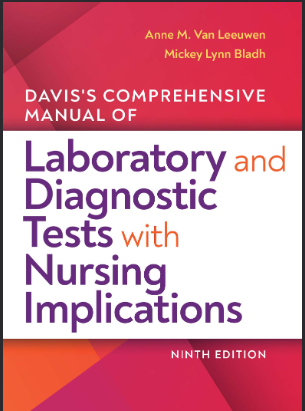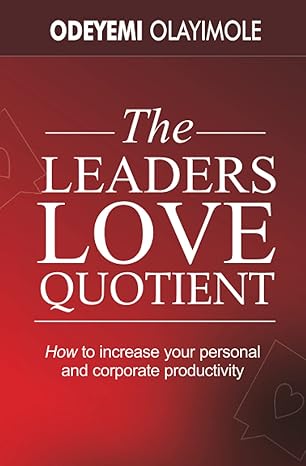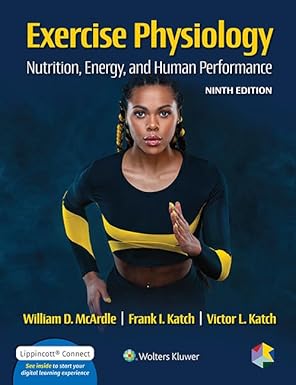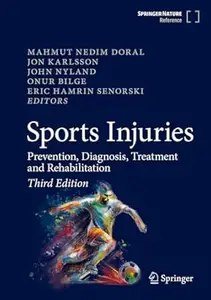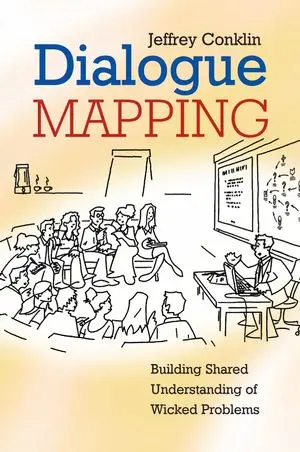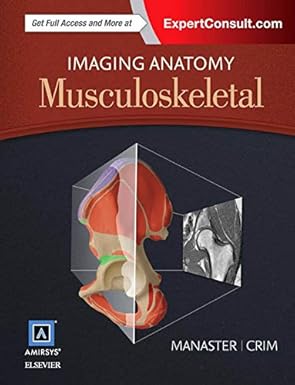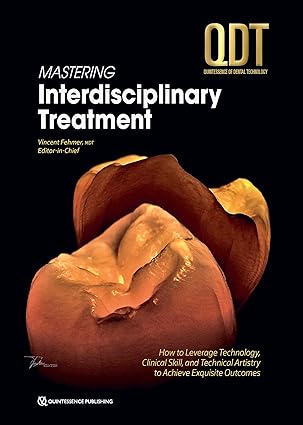We hear every day from students and instructors that they want a laboratory and diagnostic test reference that will help them “connect the dots”—that will show them how to integrate laboratory and diagnostic test results into safe, compassionate, and effective nursing care. We have revised the ninth edition of the Handbook not only to be the comprehensive reference it was originally designed to be but also to provide improvements that more effectively answer that need. Highlights for this 9th edition include the following: • Providing a more portable product by maintaining a smaller size while making sure that each study stands on its own without repeating general information shared by most studies. • Renaming studies for wider recognition and faster location or to create broader topics for specific studies with multiple modes of analysis (e.g., Chlamydia Testing, rather than Chlamydia Group Antibody, IgG and IgM). • Combination of like studies under a single title to make them easier to find and to conserve space (e.g., CT, MRI, iron, hepatitis, therapeutic drug monitoring studies). We address over 620 tests under 322 individual titles. • Development of a more efficient design that places the “need to know” information at the beginning of each study. • Making the content more “visible” to the reader by presenting informa- tion in shorter statements, smaller paragraphs, and as tables and bulleted lists. • Introduction of a decision-making model that will assist in the integration of nursing process and clinical judgment at the point of care. One of the greatest challenges of becoming a nurse is in under- standing how to use nursing process in a practical way. Nursing process (assessment, diagnosis, plan, implementation, evaluation) is the gold standard by which generations of nurses have approached patient care. Over time other terms have been added to enhance the problem-solving process. Terms such as critical thinking (logical interpretation of raw data), clinical reasoning (use of assessment data to arrive at a nursing diagnosis and plan of care), and clinical judgment (combination of data analysis and intuitive thought) are additional concepts now imbedded within the nursing process purview. The concept of clinical judgment is a more recently integrated concept embracing both critical thinking and clinical reasoning to help students/instructors/nurses focus on patient management and related teaching/learning needs. Clinical judgment is a blend of factual and intuitive thought focused on specific patient problems as we ask the questions “what should I do in this situation and why.” Clinical judgment expands, grows, and improves exponentially with on the job experience. Information used to inform clinical judgment is gathered through the application of nursing process. In weaving the concept of clinical judgment throughout nursing process it is easy to see how it is used across the spectrum of patient care.
چکیده فارسی
ما هر روز از دانشآموزان و مربیان میشنویم که آنها یک مرجع تست آزمایشگاهی و تشخیصی میخواهند که به آنها کمک کند "نقاط را به هم وصل کنند" - که به آنها نشان میدهد چگونه نتایج آزمایشهای آزمایشگاهی و تشخیصی را در یک پرستاری ایمن، دلسوز و موثر ادغام کنند. اهميت دادن. ما ویرایش نهم کتاب راهنما را نه تنها برای اینکه مرجع جامعی باشد که در ابتدا برای آن طراحی شده بود، بلکه برای ارائه بهبودهایی که به طور مؤثرتری به این نیاز پاسخ میدهند، بازنگری کردهایم. نکات برجسته برای این نسخه نهم شامل موارد زیر است: • ارائه یک محصول قابل حمل تر با حفظ اندازه کوچکتر و در عین حال اطمینان از اینکه هر مطالعه به تنهایی بدون تکرار اطلاعات کلی به اشتراک گذاشته شده توسط اکثر مطالعات انجام می شود. • تغییر نام مطالعات برای تشخیص گستردهتر و مکانیابی سریعتر یا ایجاد موضوعات گستردهتر برای مطالعات خاص با حالتهای مختلف تجزیه و تحلیل (مانند آزمایش کلامیدیا، به جای آنتیبادی گروه کلامیدیا، IgG و IgM). • ترکیبی از مطالعات مشابه تحت یک عنوان واحد برای تسهیل یافتن و حفظ فضا (مانند CT، MRI، آهن، هپاتیت، مطالعات نظارت بر داروهای درمانی). ما به بیش از 620 آزمون تحت 322 عنوان فردی رسیدگی می کنیم. • توسعه یک طرح کارآمدتر که اطلاعات «نیاز به دانستن» را در ابتدای هر مطالعه قرار دهد. • با ارائه اطلاعات در عبارات کوتاه تر، پاراگراف های کوچکتر، و به صورت جداول و لیست های گلوله ای، محتوا را برای خواننده "قابل مشاهده" کنید. • معرفی یک مدل تصمیم گیری که به ادغام فرآیند پرستاری و قضاوت بالینی در نقطه مراقبت کمک می کند. یکی از بزرگترین چالش های پرستار شدن، درک نحوه استفاده از فرآیند پرستاری به صورت عملی است. فرآیند پرستاری (ارزیابی، تشخیص، طرح، اجرا، ارزیابی) استاندارد طلایی است که توسط آن نسلهای پرستار به مراقبت از بیمار نزدیک شدهاند. با گذشت زمان، اصطلاحات دیگری برای بهبود فرآیند حل مسئله اضافه شده است. عباراتی مانند تفکر انتقادی (تفسیر منطقی دادههای خام)، استدلال بالینی (استفاده از دادههای ارزیابی برای رسیدن به تشخیص پرستاری و طرح مراقبت)، و قضاوت بالینی (ترکیبی از تجزیه و تحلیل دادهها و تفکر شهودی) مفاهیم دیگری هستند که اکنون در داخل گنجانده شدهاند. محدوده فرآیند پرستاری مفهوم قضاوت بالینی مفهومی است که اخیراً یکپارچه شده است که هم تفکر انتقادی و هم استدلال بالینی را در بر می گیرد تا به دانشجویان / مربیان / پرستاران کمک کند تا بر مدیریت بیمار و نیازهای آموزشی / یادگیری مرتبط تمرکز کنند. قضاوت بالینی ترکیبی از تفکر واقعی و شهودی است که بر مشکلات خاص بیمار متمرکز شده است، زیرا ما این سؤالات را مطرح می کنیم که "در این موقعیت چه کاری باید انجام دهم و چرا". قضاوت بالینی با تجربه شغلی به طور تصاعدی گسترش می یابد، رشد می کند و بهبود می یابد. اطلاعات مورد استفاده برای اطلاع از قضاوت بالینی از طریق کاربرد فرآیند پرستاری جمع آوری می شود. در بافتن مفهوم قضاوت بالینی در سراسر فرآیند پرستاری، به راحتی می توان دید که چگونه از آن در سراسر طیف مراقبت از بیمار استفاده می شود.
ادامه ...
بستن ...
F. A. Davis Company
1915 Arch Street
Philadelphia, PA 19103
www.fadavis.com
Copyright © 2021 by F. A. Davis Company
Copyright © 2009, 2006, 2003, 2011, 2013, 2015, 2017, 2019 by F. A. Davis Company.
All rights reserved. This book is protected by copyright. No part of it may be
reproduced, stored in a retrieval system, or transmitted in any form or by any means,
electronic, mechanical, photocopying, recording, or otherwise, without written
permission from the publisher.
Printed in the United States of America
Last digit indicates print number: 10 9 8 7 6 5 4 3 2 1
Publisher: Lisa B. Houck
Art and Design Manager: Carolyn O’Brien
Senior Content Project Manager: Julia Curcio
Digital Learning Project Manager: Sandra Glennie
ادامه ...
بستن ...
